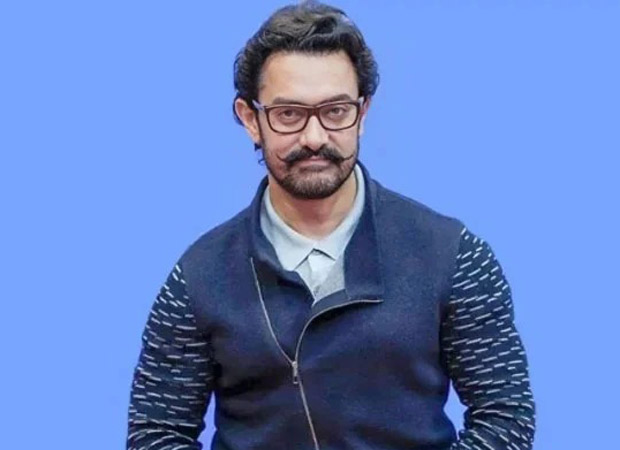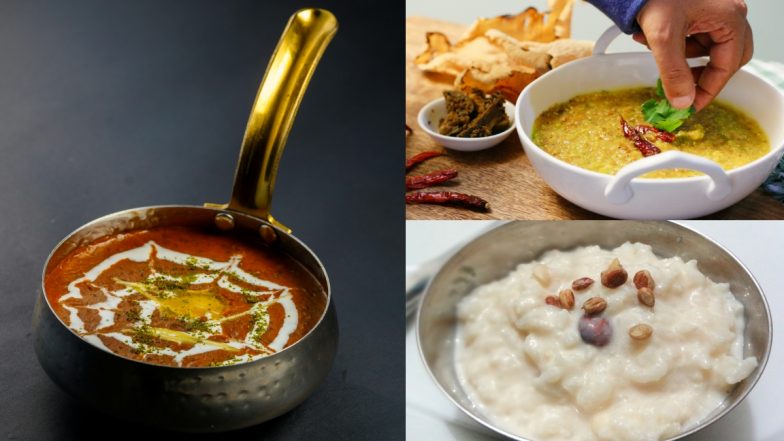IF you want to know who will win the US election, the people of Clallam County could have the answer.
With just four days left and the polls showing a race going down to the wire, Americans are desperate to know who will become their next president.
With the outcome unknown, attention is turning to a small and remote county in the far west of Washington state that has a population of 78,000.
Clallam County has correctly voted for the winning candidates in every election since 1980.
The successful streak that puts Clallam on top of the more than 3,000 counties in the US, started with the election of Ronald Reagan.
While there were other bellwether counties across the nation, Clallam was the only one in the 2020 election to collectively vote for winner Joe Biden.
But, with the upcoming election predicted to be one of the tightest in the country’s history, can the last bellwether county keep up its 100% success rate?
“I’m a little unsure as to whether our county will carry on that tradition,” Clallam County resident Jodi Best Jones told The Sun.
“While the Right feels hopeful, the feeling of dread is palpable,” she said.
The Republican from Port Angeles claimed that the pandemic “changed the fabric in the county” with a “marked increase” in left-leaning supporters.
This sentiment was echoed by Pamela Blakeman, the Chair of the Clallam County Republicans who spoke to The Sun about her county’s unusual political ties.
“We are not hard Republican or hard Democrat and our lives cross over a lot,” Blakeman told The Sun.
“The county isn’t all that big. We know our neighbors, we see each other in the grocery store, and that keeps our minds a little bit open.”
Like Best, she agrees that Clallam is in a state of change with people moving in from Seattle and California which is having an impact on voting.
“It’s not quite a red county, not quite a blue one…we are the lavender capital of America,” Sequim resident Michael Amoratis wrote about his county on Facebook.
“I noticed a lot of Harris yard signs, but also many Trump signs.
“For the last four years, the county has turned more Blue… we will have to wait until Nov. 5 to find out [how the county will vote.]”
‘LOVE OF TRUMP’
Despite the uncertainty and apparent influx of left-leaning voters, Blakeman remains “hopeful” of seeing Trump re-enter the White House.
“I have not in my years here seen the enthusiasm for a candidate like we have now,” she said.
“It will be close. It’s possible the county goes for Trump but that all depends on voter turnout.
“Republicans have a worse turnout than Democrats so if we can get people off their butts to vote, we can get in.
“I actually think we are a conservative county so we are not giving up hope at all.”
Blakeman added that a vote for Trump is not necessarily a vote for the man himself but that the possible sway to the right could be because people are fed up.
“It isn’t the love of Trump,” she said.
“Voters are concerned about the international situation, we definitely feel inflation, we see the deterioration of safety in our cities, and we’ve never had censorship like we see now.”
“Those are the issues driving most of the Trump votes,” she claimed.
Clallam resident Angie Stanton, 50, highlighted this point when speaking with The Telegraph.
“He’s a complete f*****g a*****e,” she said.
“But he’s not a politician. And that’s what this country needs. We need something to rip us out of the gutter.”
“There’s a feeling of intense anticipation for many,” Best added.
“Many on the Right feel if we lose, we may never have the opportunity to take our country back,” she said before accusing the Democrats of being “desperate” and “stopping at nothing to win.”
She is urging everyone to make sure they vote in what is predicted to be one of the closest US elections in history.
POLITICAL MELTING POT
Washington state has long leaned blue with eight Democrat members out of its 10-member delegation to Congress.
It seems that at the moment, the political feeling in the “lavender capital of America” reflects that of the rest of the nation and is equally stumped by what the outcome could be.
Experts believe that the county’s political split largely comes down to its history of immigration and the influx of retirees from other areas.
“[The county has seen] multiple waves of people arriving over the last 150 years from very different places and very different perspectives,” historian David Brownell told iNews.
Meanwhile, there have been changes to the local economy which will have also impacted political beliefs with tourism taking over as the main source of income from natural resources like timber.
“It seems a lot of people align themselves with whatever their personal values are, much more than just a particular political party,” Brownell said.
For example, Clallam resident Mary Minton, 69, told iNews she is supporting Kamala Harris because “nothing is as important [as protecting the environment.]”
Meanwhile, a 32-year-old resident told the news outlet that she is voting for Donald Trump because of the rising costs that the mother experienced under Biden’s administration.
Currently, most polls show Trump and Kamala Harris are neck and neck heading into November 5.
There is a difference of just 1% between the two candidates in many polls such as the one currently being reported by The New York Times.
Harris has a national polling average of 49% while Trump is close behind at 48%.
Read more on the Scottish Sun
Meanwhile, as the final gruelling days heat up, one TV station sparked numerous conspiracy theories after incorrectly airing a result of the election declaring Harris as the winner in a key state.
The Sun has previously reported on how long it could take for the winner to be announced after it took five days in 2020.
How do the US presidential elections work?
BY Ellie Doughty, Foreign News Reporter
The Democratic and Republican parties nominate their candidates with a series of votes – called state primaries and caucuses – in the run-up to the election on November 4, held every four years.
This gives members the opportunity to choose who they want to lead the party into an election – this year, Donald Trump and following Biden’s resignation, Kamala Harris.
There are also some independent candidates running for president – arguably the most well-known was Robert F Kennedy Jr who pulled out in August and endorsed Trump.
In US elections the winner is not the candidate who gets the most votes across the country.
Instead Trump and Harris will compete to win smaller contests held in each of the 50 states.
Many of the states often vote the same way – but seven of them – Michigan, Pennsylvania, North Carolina, Georgia, Wisconsin, Nevada and Arizona – tend to go in either direction.
Each state has a number of electoral college votes – partly based on population sizes – with a total of 538 across the country up for grabs.
The winner is the candidate that gets 270 or more, marking a majority in the electoral college.
All but two of the US’ 50 states – Maine and Nebraska – have a winner-takes-all rule.
Meaning whichever candidate gets the highest number of votes wins all of the state’s electoral college votes.
In 2016 Hillary Clinton won more votes nationally than Donald Trump – but she still lost the election because of electoral college votes.
The candidate who will win this election is the one who secures 270 or more college ballots.
Usually, the winner is declared on the night, but it can take days to finalise the result.
In 2020 Joe Biden wasn’t officially announced as the president-elect until November 7.
The new president will be sworn into office in January on the steps of the Capitol building in Washington DC.














